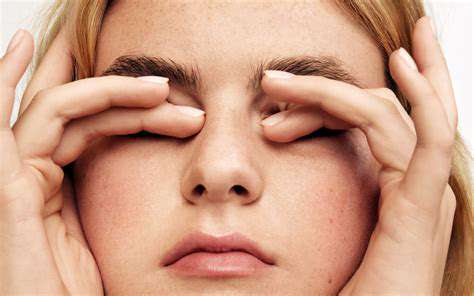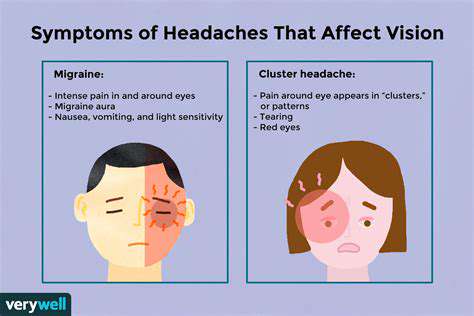Effective Strategies to Alleviate Eye Strain in the Digital Age
Common Causes of Eye Strain

Prolonged Screen Time
In today’s digital age, many people spend extended periods staring at screens, whether it be computers, tablets, or smartphones. This prolonged exposure can lead to significant eye strain and discomfort. Lack of frequent breaks can worsen this condition, increasing the risk of digital eye fatigue.
To mitigate this effect, it is crucial to adopt the 20-20-20 rule, which encourages individuals to take a 20-second break every 20 minutes and look at something 20 feet away. Implementing this simple practice can help in reducing the symptoms of eye strain significantly.
Poor Lighting Conditions
Insufficient or overly harsh lighting can greatly contribute to eye discomfort while using digital devices. Poor lighting can force the eyes to work harder, leading to strain and fatigue. Working in dim lighting often makes the screen glare more pronounced, causing further visual stress.
To create a more comfortable environment, it is advisable to adjust lighting conditions to ensure even illumination. Utilizing soft, ambient lighting can enhance visibility and reduce glare, thereby improving overall eye comfort during screen use.
Improper Viewing Distance and Angle
Another common cause of eye strain is the distance and angle at which screens are viewed. If the screen is too close or at an awkward angle, this can lead to additional strain on the eye muscles. Ideally, the screen should be positioned about an arm’s length away and slightly below eye level to promote a more natural viewing posture.
It's also important to ensure that the screen is clean and free from reflections that can cause distractions. By optimizing the viewing distance and angle, users can significantly reduce eye strain levels and enhance their overall visual experience.
Practical Tips to Alleviate Eye Strain
Adjusting Your Workspace for Optimal Eye Health
Position your computer screen directly in front of you, at a distance of about 20-25 inches.
Place your monitor at a height that allows you to gaze slightly downward, with your eyes focused on the top third of the screen.
Position your chair so that your feet are flat on the floor or on a footrest, with your knees at or below hip level.
Avoid placing your computer on a shelf or table that is too high, as this can lead to tilting your head upward and causing strain on your neck and eyes.
Reducing Blue Light Exposure and Promoting Healthy Viewing Habits
Use good lighting in your workspace, with the brightness and color temperature adjusted to comfortable levels.
Consider using blue light filtering glasses or software that filters out blue light from digital devices.
Avoid screens for at least 20 minutes every hour, following the 20-20-20 rule: look away from your screen every 20 minutes and focus on something 20 feet away for 20 seconds.
Dim or turn off screens in the evening to promote healthy sleep habits and reduce exposure to blue light.
When to Seek Professional Help

Recognizing the Symptoms of Eye Strain
Eye strain often manifests as discomfort or fatigue in the eyes, especially after prolonged use of digital devices. Many individuals may experience symptoms such as dryness, irritation, or a sensation of heaviness in the eyelids. Understanding these symptoms is crucial, as they can hinder productivity and overall well-being. Additionally, headaches and blurred vision may accompany eye strain, signaling that it’s time to take preventive measures or seek further help. If such symptoms persist despite lifestyle adjustments, it might signal the need for professional evaluation.
Implementing the 20-20-20 Rule
The 20-20-20 rule is a simple yet effective strategy to combat eye strain. According to this guideline, for every 20 minutes of screen time, one should look at something 20 feet away for at least 20 seconds. This brief respite can significantly reduce eye fatigue and help maintain focus. To reinforce this habit, setting reminders on digital devices can be beneficial. In addition, incorporating regular breaks throughout the day encourages better eye health and enhances overall productivity.
Utilizing Proper Lighting and Screen Adjustments
Proper lighting is vital in reducing eye strain when using digital devices. Avoiding glare from windows or overhead lights can prevent discomfort while working. Similarly, adjusting the brightness and contrast settings on your screen to comfortable levels can be a game changer. Using blue light filters, particularly during evening hours, can also protect the eyes from strain. These adjustments, combined with optimal seating arrangements, ensure a more comfortable and strain-free viewing experience.

